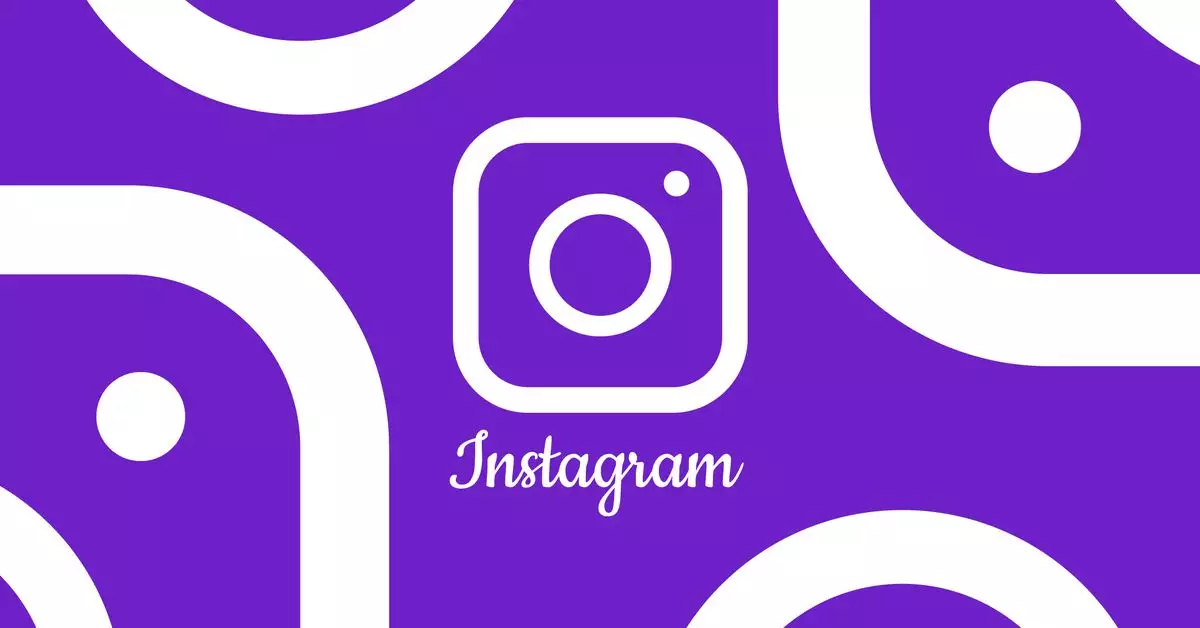Instagram has become a dominant platform for sharing videos, but its inconsistencies in video quality can often confuse users. Interestingly, the clarity of videos on Instagram is not simply a matter of technical specifications or user-upload quality; it is largely contingent on viewer engagement. Adam Mosseri, the head of Instagram, recently shed light on this issue, revealing that the platform calibrates video quality based on how many views a video garners early on. This algorithmic approach reflects Instagram’s overarching goal: to showcase the highest-quality content available, but it raises questions about fairness and accessibility for less popular creators.
Mosseri explained that videos, if not amassed with views quickly, can be downgraded to lower quality. This strategy seems to prioritize viewer engagement over aesthetic quality initially. It stands to reason that content creators who succeed in captivating their audience at first glance will benefit from higher video quality. This nuanced mechanic is both a boon and a challenge as it inherently favors creators who already have a following. The immediate consequence of this is a feedback loop: established creators stay in the spotlight, while emerging ones may struggle to get their foot in the door.
The algorithm employed by Instagram can be seen as a double-edged sword. On one hand, it allows the platform to allocate resources efficiently. According to the platform’s previous statements, only a small percentage of videos catch the viewer’s attention for an extended period, making it crucial to conserve computational resources for the videos that truly resonate with users. On the other hand, the mechanics may inadvertently marginalize small creators who do not get the initial viewer traction needed to maintain high video quality.
As Mosseri pointed out, most interactions on videos are contingent on content rather than quality, suggesting that engagement is still determined by the material’s appeal. This statement, while seemingly holistic, may not adequately address the inherent disparities that arise from the format itself. The system, while theoretically grounded in fairness, ultimately favors those already in the spotlight, perpetuating a cycle that is hard for lower-tier creators to break. The lingering question is whether this approach is sustainable or if it risks creating an ecosystem where only the popular thrive.
As Instagram evolves, the challenge will be in striking a balance between prioritizing engaging content and allowing room for less-known creators to shine. While the platform’s goal of showcasing quality videos is commendable, a re-evaluation of the algorithms may be necessary to foster a more equitable landscape for all users. As it stands, the disparity in video quality raises pivotal questions: How can Instagram maintain its technological edge while ensuring fairness for its diverse user base? The answer lies in creating opportunities for engagement that are not just content-heavy but accessible and equitable as well.


Leave a Reply
You must be logged in to post a comment.